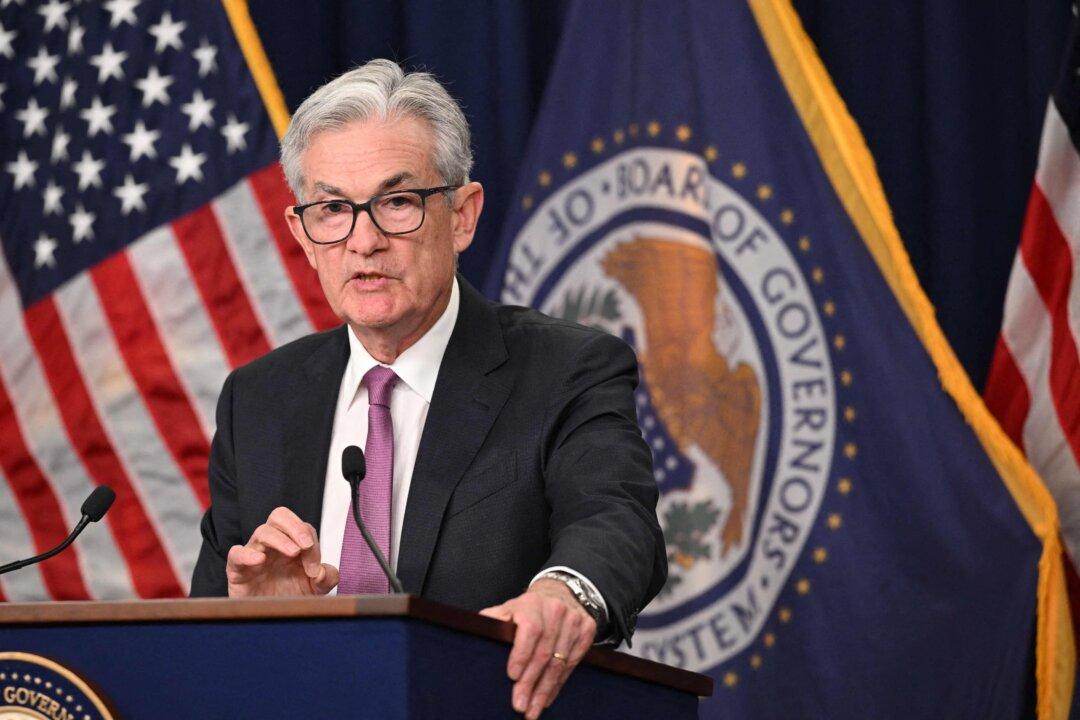Federal Reserve Chair Jerome Powell thinks it would be prudent to take the preliminary reading of the second-quarter gross domestic product numbers with a “grain of salt.”
In a post-Federal Open Market Committee (FOMC) press conference Wednesday, Powell told reporters that there should not be too much concentration on the initial GDP print since the figures are “revised pretty significantly.”





